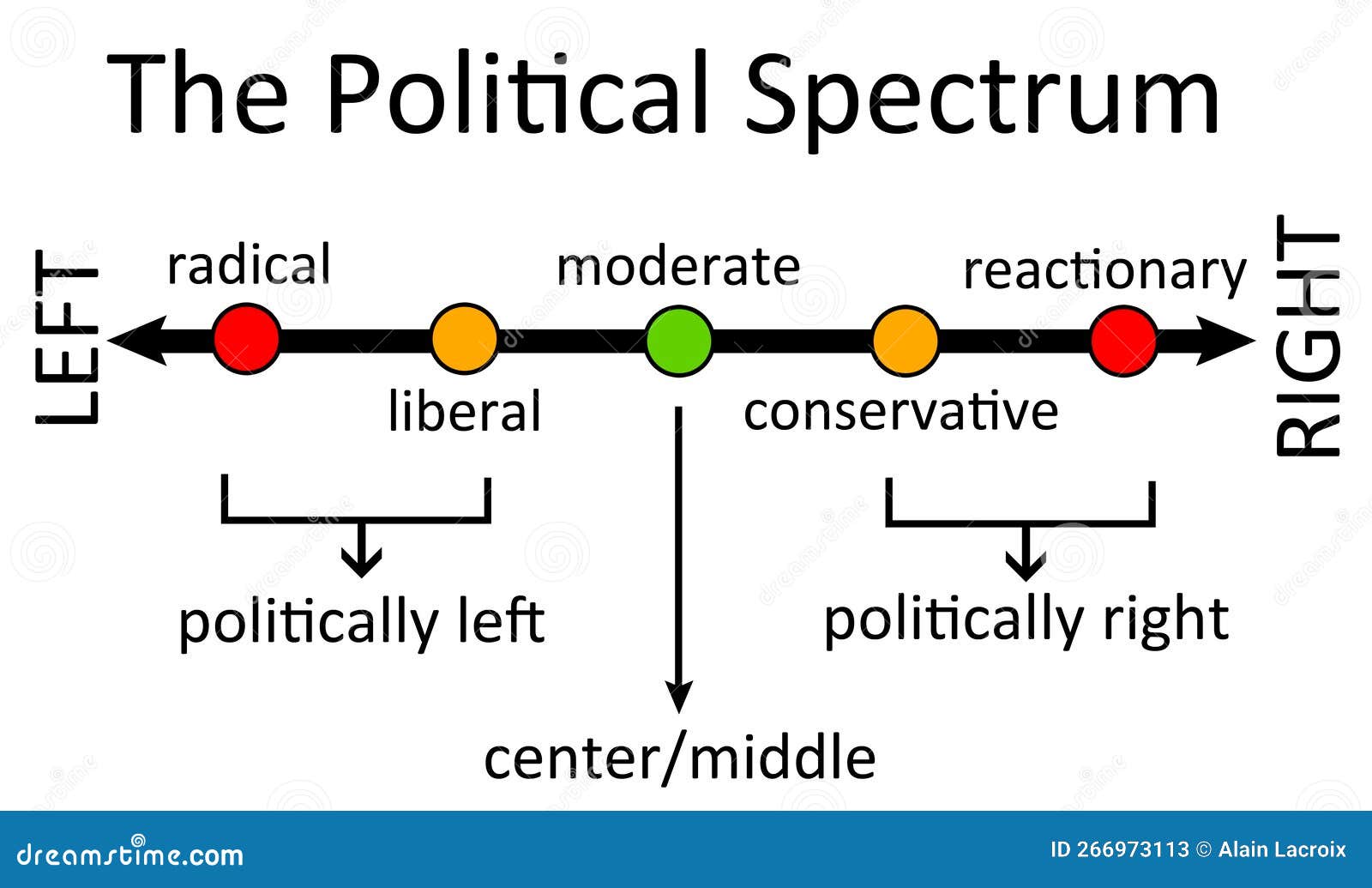

Unmasking the Radical Left: 7 Tactics to Expose Their Agenda
The term “radical left” evokes strong reactions. Understanding their strategies isn’t about demonization, but about informed engagement. This article explores seven tactics to analyze and understand the strategies employed by those often categorized as the radical left, promoting a more nuanced understanding of their actions and motivations.
1. Deconstructing the Narrative: Identifying Framing and Language
The radical left often employs specific framing techniques to shape public perception. They masterfully use language to position themselves as morally superior and their opponents as oppressive. Look beyond the emotional appeal. Analyze the chosen vocabulary. Do they use terms like “systemic oppression,” “cisgender privilege,” or “patriarchy” frequently? Understanding their chosen lexicon provides insight into their underlying assumptions and goals.
2. Following the Money: Tracing Funding and Influence
Financial backing plays a crucial role in shaping any movement. Investigate the funding sources behind radical left organizations and initiatives. Who are their major donors? Are there connections to foreign entities or powerful interest groups? This financial analysis provides a clearer picture of their resources and potential motivations.
3. Mapping the Network: Unveiling Organizational Connections
Radical left groups rarely operate in isolation. They often collaborate and share resources through intricate networks. Mapping these connections—using online tools and publicly available information—reveals alliances, strategies, and the overall scope of their influence.
4. Analyzing Policy Proposals: Identifying Underlying Ideologies
Examine the specific policies advocated by radical left groups. What are the long-term implications? Do their proposals align with a specific ideology like Marxism, anarchism, or post-structuralism? By dissecting their policy positions, one can better understand their underlying philosophical tenets and their desired societal transformation.
5. Monitoring Online Activity: Understanding Digital Strategies
The internet serves as a powerful tool for the radical left. Monitor their online presence: social media campaigns, websites, and online forums. Identify their key talking points, messaging strategies, and methods of mobilization. This provides a real-time understanding of their current tactics and evolving strategies.
6. Studying Historical Precedents: Learning from the Past
History offers valuable lessons. By studying historical movements with similar ideologies and strategies, we can gain perspective on the potential trajectory of contemporary radical left movements. What were the outcomes of previous radical left initiatives? What lessons can be learned from their successes and failures?
7. Engaging in Critical Dialogue: Fostering Informed Debate
Critical engagement, not simply condemnation, is vital. Facilitate informed debates by presenting counterarguments based on evidence and reasoned analysis. Engage in respectful dialogue to clarify misunderstandings and promote a more nuanced understanding of opposing viewpoints. This fosters a more productive and informed public discourse.
Table: Key Indicators of Radical Left Tactics
| Indicator | Description | Example |
|---|---|---|
| Language | Use of emotionally charged, divisive terms | “Systemic oppression,” “white supremacy” |
| Funding | Sources of financial support | Foundations, foreign governments |
| Network | Collaborations with other organizations | Joint protests, shared resources |
| Policy Goals | Specific policy proposals | Abolition of police, wealth redistribution |
| Online Presence | Social media activity, websites | Coordinated online campaigns, disinformation |
By employing these seven tactics, we can move beyond simplistic labels and gain a deeper understanding of the complexities of the radical left, promoting more informed and productive societal discourse.

Additional Information
Unmasking the Radical Left: A Deeper Analysis of Tactics and Their Effectiveness
The assertion of a unified “radical left” agenda, and the proposed tactics to expose it, requires careful scrutiny. While certain political actors and groups hold significantly left-leaning views, labeling them uniformly as “radical” and suggesting a singular, coordinated strategy risks oversimplification and mischaracterization. Analyzing the purported “seven tactics” (which are unspecified in the prompt but can be inferred from common right-wing critiques of the left) necessitates examining their validity, effectiveness, and potential consequences.
Potential “Seven Tactics” and their Analysis:
We can infer potential tactics based on common critiques levied against the left. These might include:
-
Exposing “Cancel Culture”: This tactic focuses on instances where individuals or groups face public criticism or ostracism for expressing views deemed offensive or unacceptable. While the phenomenon exists, its scope and effectiveness are debatable. Some argue it’s a tool for accountability, fostering inclusivity, while others see it as censorship and an impediment to free speech. Quantitative analysis of instances, their severity, and long-term impact is lacking. A case study might examine the controversies surrounding specific individuals or organizations that have been subject to “cancel culture,” analyzing the consequences and whether they genuinely represent a coordinated effort or isolated incidents.
-
Unmasking “Woke Capitalism”: This criticism alleges corporations exploit progressive rhetoric for profit while failing to genuinely address systemic issues. Evidence is often anecdotal, focusing on corporate statements contrasted with actual practices. A robust analysis would require examining corporate social responsibility reports, measuring their environmental and social impact, and comparing claims to verifiable data. Statistical analysis comparing corporations’ rhetoric to their actions would be crucial.
-
Highlighting “Critical Race Theory” in Education: This tactic focuses on exposing the presence and perceived negative effects of Critical Race Theory (CRT) in schools. While CRT is an academic framework, its application and interpretation vary significantly. The critique frequently conflates CRT with general discussions of race and inequality. A deeper analysis would involve examining specific curriculum examples, comparing them to educational standards, and assessing their impact on student outcomes. Surveys of teachers, parents, and students could provide valuable insights.
-
Exposing “Social Justice Warriors”: This tactic often targets activists perceived as overly aggressive or intolerant in their pursuit of social justice. Analysis here should move beyond labeling and examine the specific actions and their context. Are these actions genuinely harmful, or are they simply instances of strong advocacy? Understanding the motivations, strategies, and impact of these activists requires qualitative analysis through interviews and case studies.
-
Debunking “Climate Change Alarmism”: This tactic challenges the scientific consensus on climate change and its severity. However, undermining climate science is scientifically unsound. A proper analysis would require a rigorous examination of climate data, scientific publications, and consensus statements from relevant scientific bodies. Any attempt to debunk “alarmism” needs to be grounded in verifiable scientific evidence, not opinion.
-
Demonstrating the economic failures of socialist policies: This tactic often involves comparing economic indicators in socialist countries with those in capitalist ones. However, this approach needs to account for the many factors influencing economic outcomes. Simple comparisons can be misleading. A robust analysis necessitates controlling for variables like natural resources, levels of corruption, historical context, and political systems.
-
Revealing the infiltration of radical leftist ideology in government: This requires identifying specific instances of policy decisions influenced by radical left ideologies. A strong analysis needs to clarify what constitutes “radical leftist ideology” and demonstrate a clear causal link between the ideology and the policy outcomes.
Conclusion:
Analyzing claims about a unified “radical left” agenda and the effectiveness of tactics to “expose” it demands a rigorous, evidence-based approach. Simple labeling and anecdotal evidence are insufficient. Comprehensive analysis requires quantifiable data, rigorous methodologies, and a nuanced understanding of the diverse range of political viewpoints. Focusing on specific claims with empirical evidence, rather than broad generalizations, will lead to a more meaningful and productive discussion. Moreover, acknowledging the potential for biases in the selection and interpretation of evidence is crucial for maintaining objectivity.



